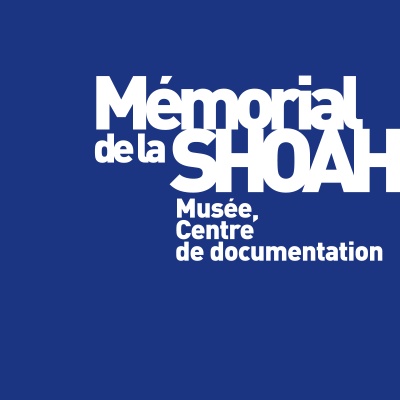The genocide of the Tutsi in Rwanda
After the attempts to destroy the Armenians and Jews of Europe, the genocide of the Tutsi in 1994 is the last of the genocides of the 20th century. Orchestrated by the party in power in Rwanda, the genocide caused one million victims in the space of 3 months.
Like previous genocides, that of the Tutsi began with a phase of stigmatization of the population, continued with persecution which would lead to the killing.
For all that, this mass murder characterized has this particularity that it is the first "genocide of proximity". Executioners and victims were in effect neighbors, as are now neighboring the Tutsi survivors and the Hutu convicted of crimes by the local jurisdictions set up by the new regime.
By its scale as well as by the mechanisms implemented, the genocide of the Tutsi poses crucial and always current questions to States, international organizations and citizens.
Hateful conditioning of the population
The genocide of the Tutsi is rooted in colonial politics and ideology of the 19th century. The Belgian colonizer initially chose to rely on the Tutsi by creating the myth of their superiority over the other community, the Hutu.
The antagonism born from this hierarchisation is exacerbated during the independence of Rwanda in the 1960s, marked by a reversal of power which then fell to the Hutu with the support of Belgium. The young Rwandan state reduces all forms of political opposition to a racial struggle between so-called ethnic groups, in fact communities historically related to clans.
Hunted and killed like animals
In this context, while the multiparty system authorized in 1991 allows the opposition to manifest itself, the Hutu power develops a hate propaganda that psychologically prepares the population for genocide. The conditioning role of media such as the weight of words is decisive. Tutsi are assimilated to insect pests that must be disposed of.
The process of animalization will lead in April, when the genocide begins, to a hunt for "game" followed by a killing of victims, slaughtered with cruelty and like cattle.
The inaction of the international community
The speed and scale of the murders partly explain the lack of reaction in the country where the actions that are then carried out relate more to rescue, including by Hutu hostile to genocide, than to armed resistance.
In this regard, the defection of the international community was catastrophic. Disqualified by its support for the regime of the Hutu president, Juvenal Habyarimana, France withdrew its forces in 1993.
The involvement of the civilian population
Unlike the genocide of the Jews, the killing of the Tutsi is not concentrated in specific sites such as extermination camps. The planned assassination takes place in the space of everyday life. From 7 April 1994, barriers were erected at all the strategic hubs, in Kigali the capital, and then throughout the country.
Holders of an identity card marked 'Tutsi' are slaughtered on the spot. The involvement of the civilian population in the massacres is one of the striking features of genocide.
Grouped in small groups, called ibitero, the murderers include young men as well as women and even children.
On 4 July 1994, the military victory of the Rwandan Patriotic Front, created by the Tutsi in 1987, marks the end of the massacres, and the beginning of a civil and moral reconstruction that involves the trial of those responsible for the genocide, not only the executors.
The Shoah Memorial dedicated an exhibition to the genocide of the Tutsi in Rwanda from 11 April to 5 October 2014.
EXHIBITION SITE
The Ibuka association: Memory, Justice and support for survivors
The association Ibuka, officially "Ibuka – Memory, Justice and Support for the Survivors", is a Non-Governmental Organization that works for the memory of the genocide of the Tutsi in Rwanda, justice for those responsible for genocidal crimes and support for the survivors of the massacres perpetrated in 1994. 'Ibuka', in Kinyarwanda means 'Remember'.
The association was founded in Belgium on 16 August 1994. On 28 May 1995, an association with the same name was created in Switzerland with the same objective as its Belgian counterpart. On 14 November 1995, the association Ibuka was created in Rwanda. In France, the association Ibuka Mémoire et Justice was created later, in April 2002. These different structures bring together the survivors of the genocide, the relatives of the victims as well as all those working for the memory of the victims and the fate of the survivors of this genocide.
SITE OF IBUKA FRANCE
